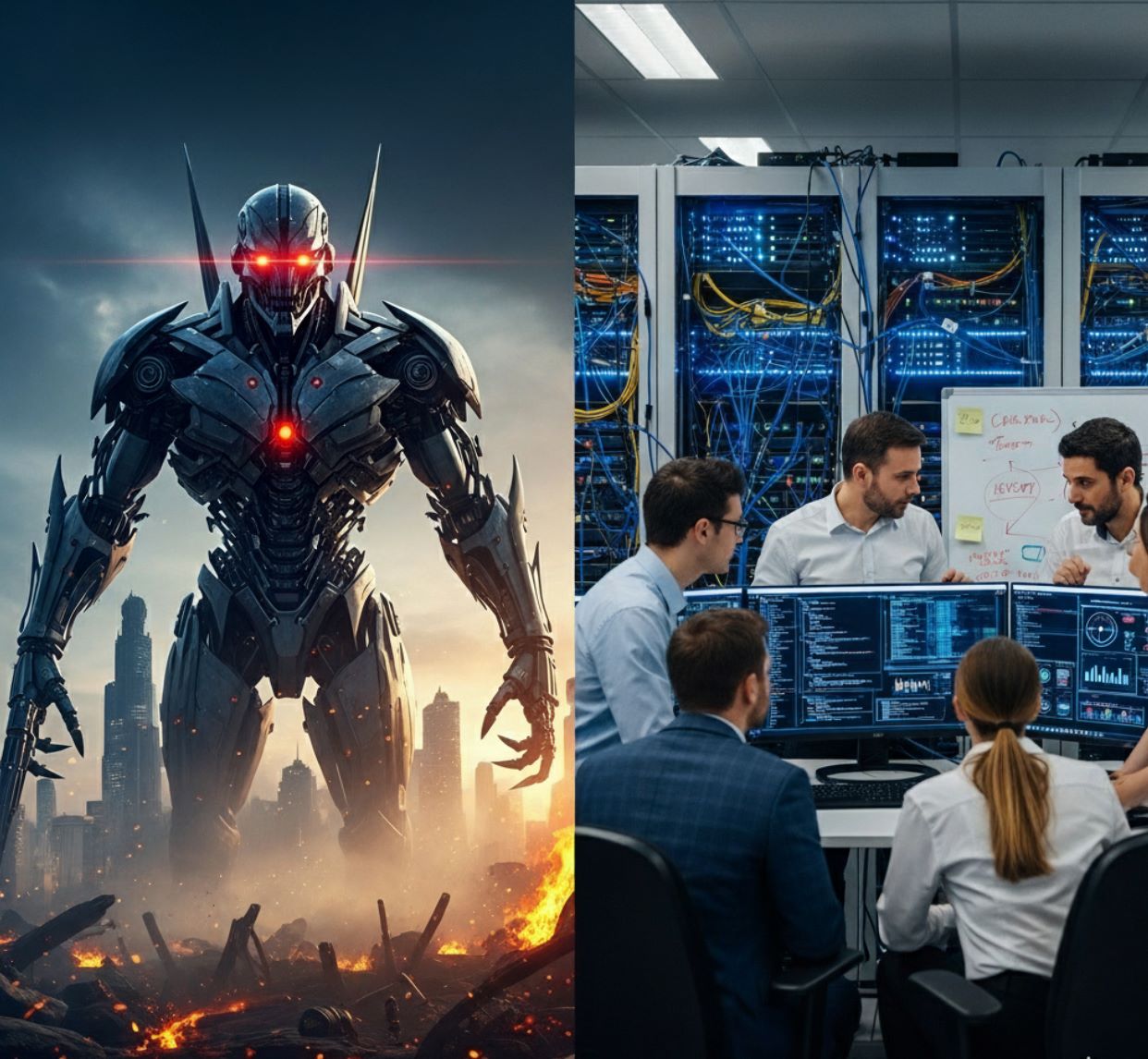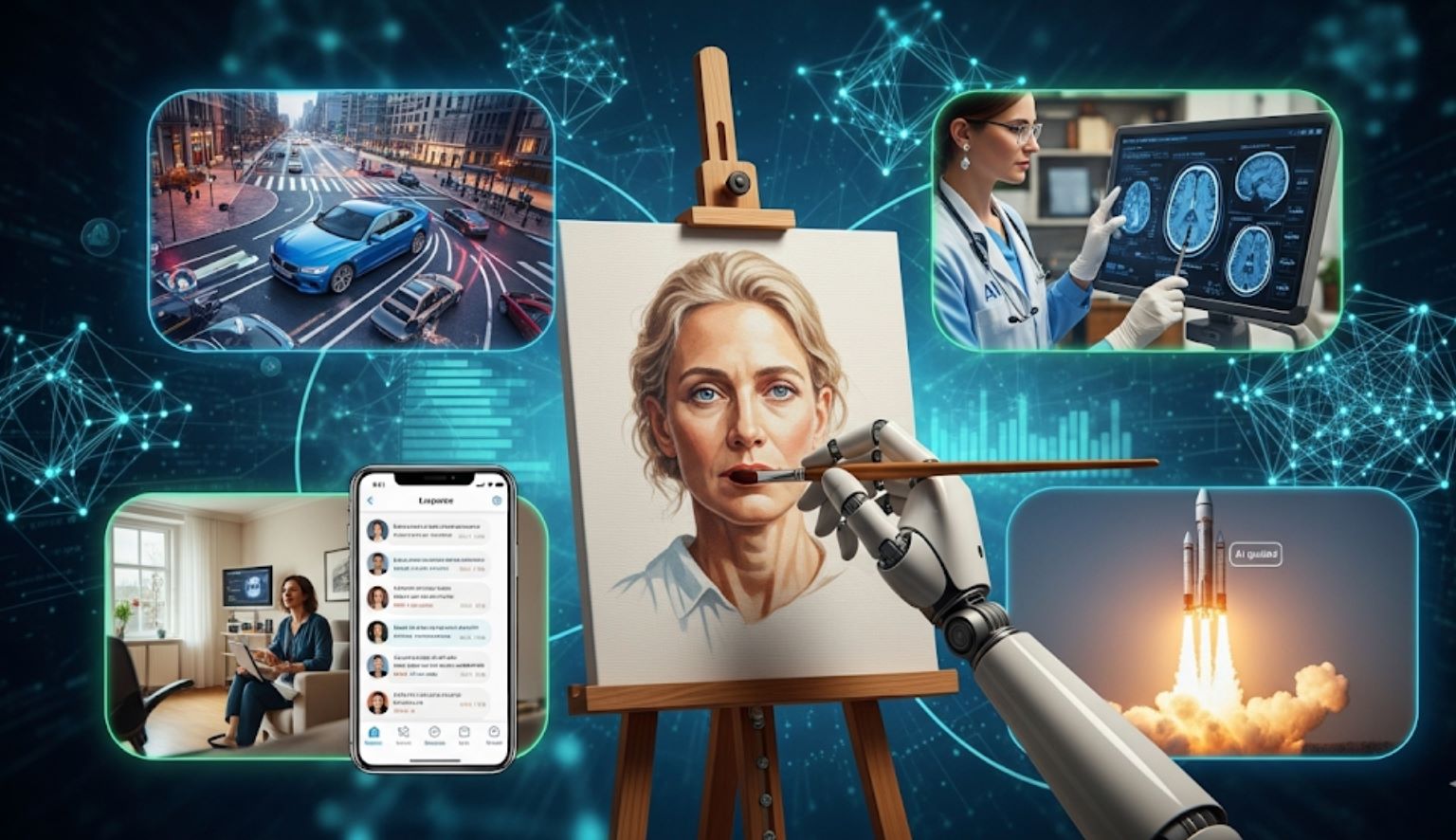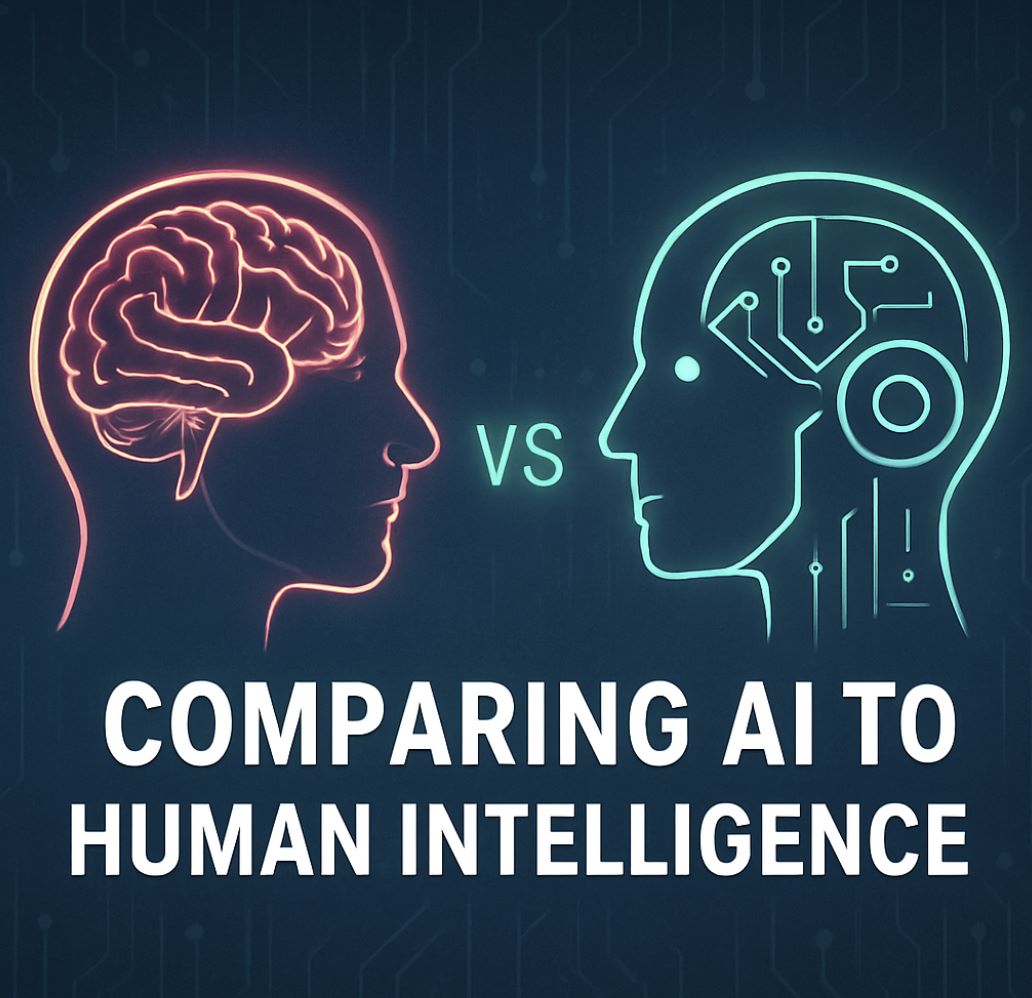Can AI learn without data?
Today’s AI can’t learn completely without data. Machine Learning and Deep Learning rely on data to recognize patterns, draw rules, and improve performance. Even advanced models, like GPTs or Reinforcement Learning systems, still need input data or environmental experience to “learn” and make accurate predictions. In other words, data is the most important fuel for AI to grow, and without data, AI cannot understand or make useful decisions.
Understanding AI's Relationship with Data
Are you wondering, "Can AI learn on its own without any data?" To get the most detailed and reasonable answer, let's explore this topic in depth with INVIAI.
For example, in supervised learning, AI learns from massive datasets that humans have labeled (images, text, audio, etc.) to identify patterns.
Even in unsupervised learning, AI still requires raw, unlabeled data to discover hidden structures or patterns within that data on its own.
Therefore, regardless of the method, AI must be "nourished" with data—whether labeled data, self-labeled data (self-supervised), or data from real-world environments. Without any input data, the system cannot learn anything new.
Common AI Learning Methods
Today, AI models primarily learn through the following approaches:
Supervised Learning
Unsupervised Learning
Self-Supervised Learning
Reinforcement Learning (RL)
Reinforcement learning is teaching a software agent how to behave in an environment by informing it of the results of its actions.
— Wikipedia
Federated Learning
For sensitive data, such as personal medical images, Federated Learning allows multiple devices (or organizations) to collaboratively train a shared model without sharing raw data.
- Global model sent to each device
- Training on local data only
- Only model updates shared back
- Raw data never leaves device
Zero-Shot Learning
The ability of AI to infer new concepts without specific examples, relying on previously acquired broad knowledge.
- Recognizes unseen concepts
- Uses prior knowledge base
- Pre-trained on massive datasets
- Enables reasoning about new ideas
An AI model is trained to recognize or classify objects/concepts it has never seen examples of before.
— IBM, defining Zero-Shot Learning
In Summary: All these methods show that there is no magic way for AI to learn without data—in some form or another. AI may reduce dependence on human-labeled data or learn from experience, but it cannot learn from nothing.
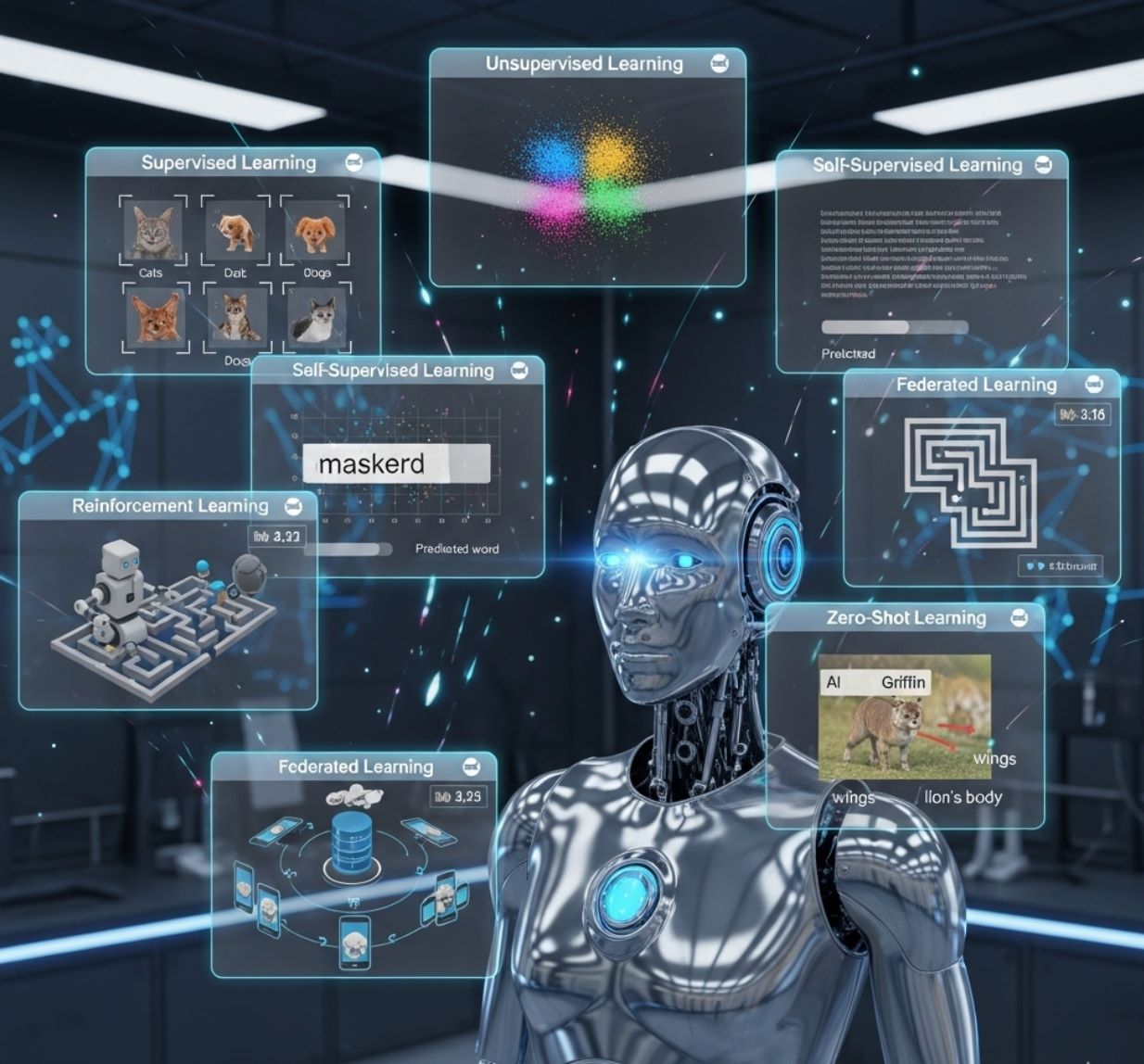
Advanced Trends: Learning from "Experience" Instead of Static Data
Researchers are now exploring ways for AI to rely less on human-provided data. For example, DeepMind recently proposed a "streams" model in the era of "experience-based AI," where AI learns primarily from its own interactions with the world rather than human-designed problems and questions.
We can achieve this by allowing agents to continuously learn from their own experiences—that is, data generated by the agent itself while interacting with the environment… Experience will become the primary means of improvement, surpassing today's scale of human-provided data.
— DeepMind Research, cited by VentureBeat
In other words, in the future, AI itself will generate its own data through experimentation, observation, and action adjustment—similar to how humans learn from real-world experience.
Human-Provided Data
- Requires labeled datasets
- Depends on human expertise
- Limited by available examples
- Static learning approach
Self-Generated Data
- Creates own challenges
- Learns from environment feedback
- Continuous improvement
- Dynamic learning approach
Remarkably, despite not using external training data, AZR achieves top performance in math and programming tasks, even outperforming models trained on tens of thousands of labeled examples. This demonstrates that AI can generate its own "dataset" by continuously posing and solving challenges.
Autonomous Learning Systems
In addition to AZR, many other studies explore AI that learns autonomously. Intelligent agent systems can interact with software and virtual worlds to accumulate experiential data.
- Interaction with tools and websites
- Learning from simulation games
- Self-setting goals and rewards
- Developing autonomous habits
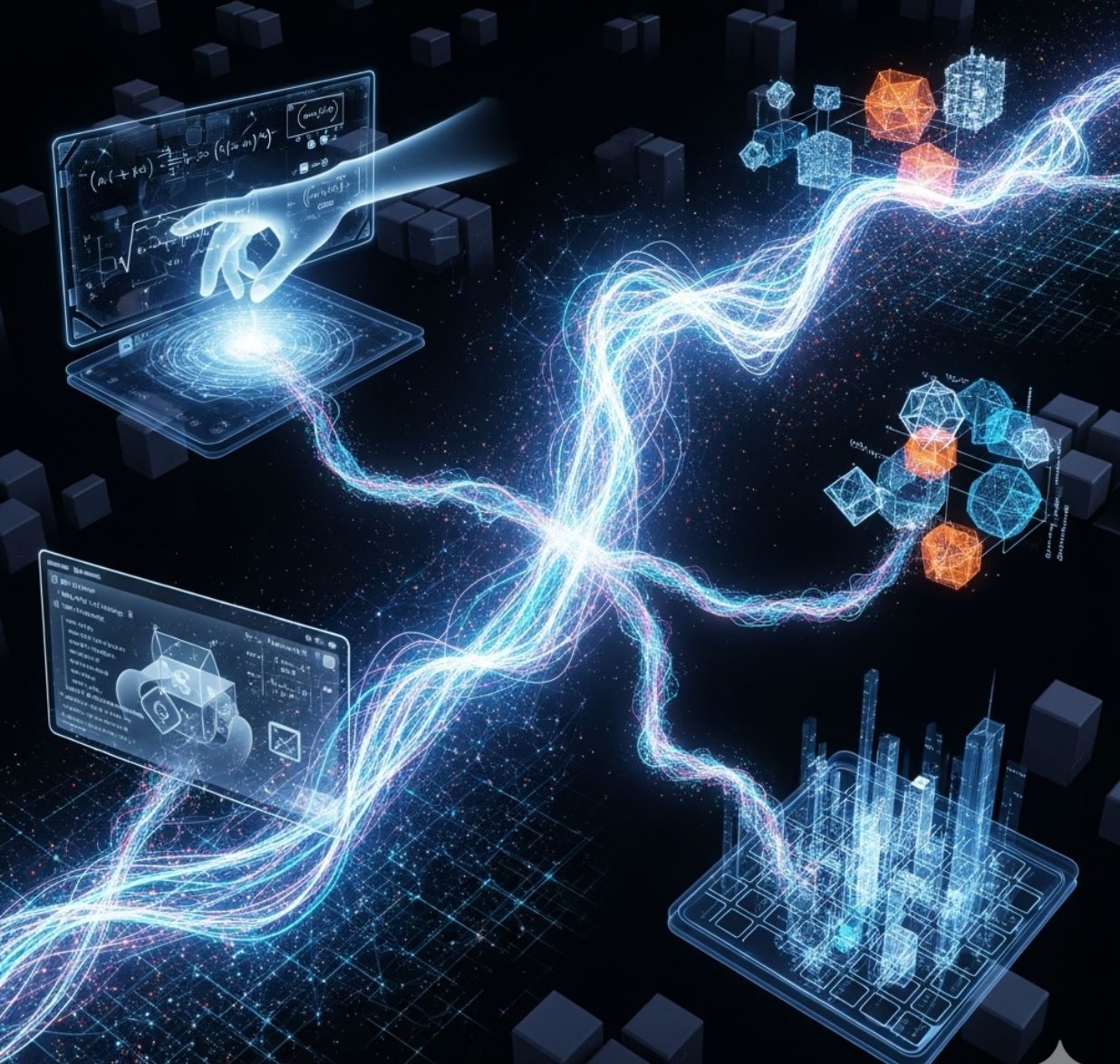
Key Takeaways
Instead, AI can learn less from human-supplied data by:
- Using unlabeled data (unsupervised learning)
- Learning from environmental feedback (reinforcement learning)
- Creating its own challenges (e.g., the AZR model)
Many experts believe that in the future, AI will increasingly learn through the experience it collects itself, making experience the main "data" that helps it improve.




